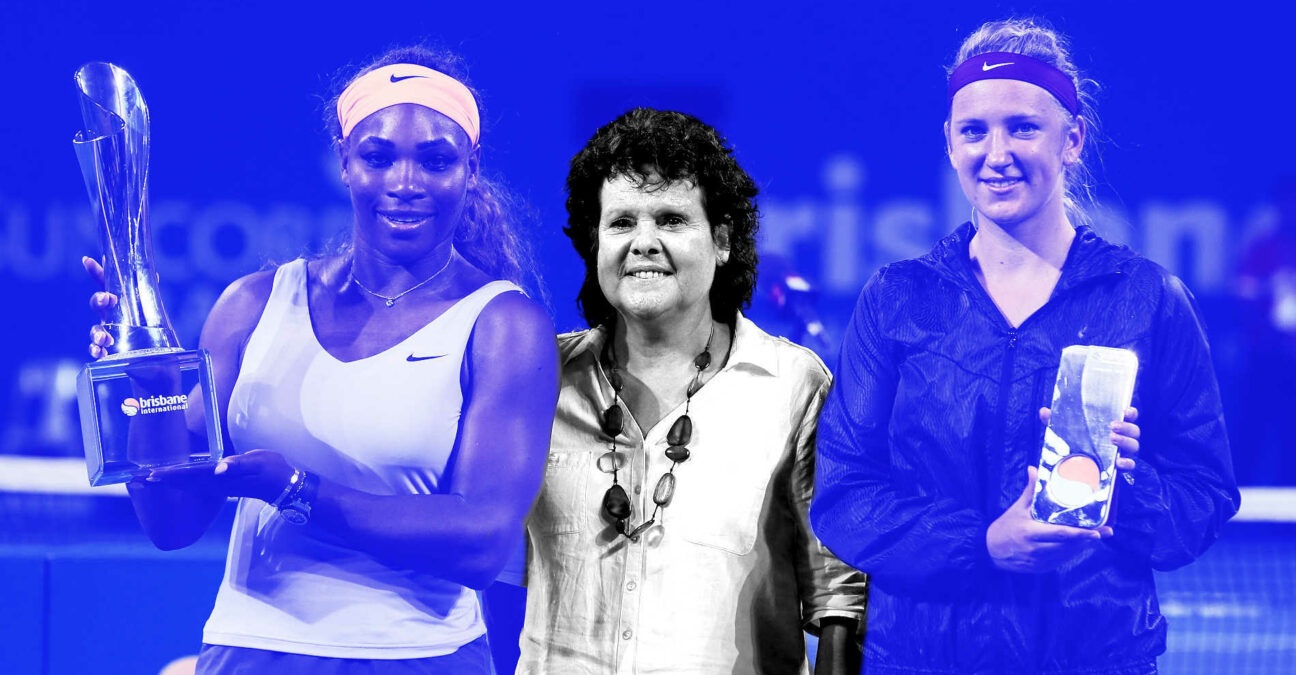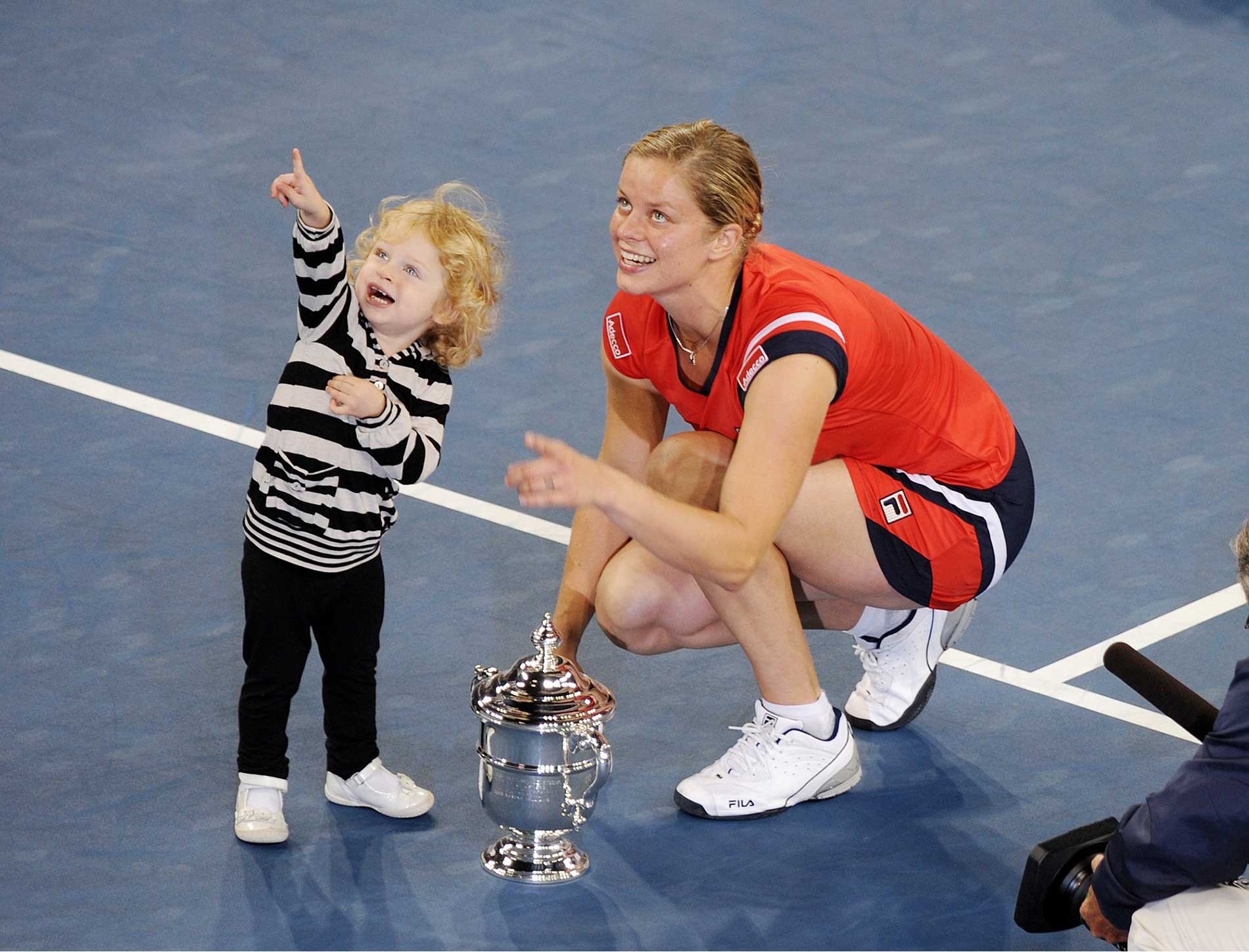December 27, 2007: The day Evonne Goolagong was granted world No 1 status after a 31-year wait
Every day, Tennis Majors goes back in time to look back on a significant event for the tennis world. On December 27, 2007, the WTA Tour corrected an oversight in the 1976 rankings which made Evonne Goolagong the second woman in WTA history to become world No 1
 Goolagong, On this day –
Image Credit: Panoramic/ Tennis Majors
Goolagong, On this day –
Image Credit: Panoramic/ Tennis Majors
What exactly happened on that day?
On this day, December 27, 2007, the WTA Tour announced that seven-time Grand Slam champion Evonne Goolagong should have been ranked world No 1 for two weeks in 1976. At the time, when some tournament records were transferred to the computer, not all of Goolagong’s points were entered correctly and she remained world No 2 behind Chris Evert, instead of becoming the second player in WTA history to reach the pinnacle of the sport.
The player involved: Evonne Goolagong
- Evonne Goolagong: the “Sunshine Supergirl”
Evonne Goolagong, nicknamed “Sunshine Supergirl”, was renowned for her grace and carefree style of play. She was born in 1951 in an Australian Aboriginal family and despite the heavy racial prejudice in rural Australia, she was encouraged to play tennis. In 1965, she was sent to Sydney to attend high school and improve her game. Her breakthrough year on the international scene came in 1971, when she triumphed at both Roland-Garros and Wimbledon, beating the great Margaret Court in the final (6-4, 6-1).
In the following years, she reached seven consecutive Australian Open finals and won the title four times in a row (1974-1977). Goolagong reached a second final in Paris in 1972 (defeated by Billie Jean King, 6-3, 6-3). At Wimbledon, she finished runner-up in 1972, 1975 and 1976 before claiming a second tile in 1980, defeating Chris Evert in the final (6-1, 7-6). When she triumphed at the All England Club that year, Goolagong became the first mother (she had given birth to her first child in 1977) to achieve that feat since Dorothea Lambert Chambers in 1914.
The only Grand Slam title missing from her list of achievements was the US Open, where she finished runner-up four times (1973-1976) without ever winning the trophy. She retired from the game in 1985 and became Sports Ambassador to Aboriginal and Torres Strait Islander Communities in 1997. She was appointed captain of the Australian Fed Cup (now known as Billie Jean King Cup) team in 2002, and she also ran an annual “Goolagong National Development Camp” to encourage young Aboriginals to play tennis and go to school.
The facts: Goolagong receives the good news at Christmas time
In December 2007, the hard work of the WTA senior communications manager, John Dolan, eventually paid off. After months of research, he finally found the missing piece to prove that Evonne Goolagong had reached the world No 1 spot in 1976, although it was only for two weeks.
At the time, the WTA rankings were not published weekly but every fortnight. Players didn’t pay as much attention to it since what really mattered was the year-end ranking.
“Unfortunately, our record keeping wasn’t perfect in those early days of women’s tennis and our ranking system was viewed as a means of just accepting tournament entries”, explained Larry Scott, the WTA Tour chairman, according to The Sydney Herald.
Back in 1976, Goolagong was playing the best tennis of her life.
“I was on a roll for those few months going into the Virginia Slims and played the highest level, most consistent tennis, I ever played,” she explained.
However, when results were entered into the computer to issue the latest rankings, some results were missed, and instead of becoming world No 1 after her fourth triumph at the Los Angeles Virginia Slims event, Goolagong remained world No 2, behind Chris Evert. This oversight took more than three decades to get corrected.
The seven-time Grand Slam champion was in Noosa Heads, a coastal town in Queensland, when Dolan called to tell her that she was now officially recognised as the world No 1.
“It’s just a wonderful Christmas present, really, to be recognised as being No1 officially and it’s something that I’m very, very proud of,” she told The Sydney Herald.
“We felt once it came to light that she did in fact assume the No1 ranking for a period in 1976, it was important to recognise the achievement, just like we had with all the other 15 women who have achieved that pinnacle in women’s tennis,” Scott said.
Retrospectively, Goolagong was the first Australian to reach world No 1 as the WTA rankings didn’t exist when Margaret Court dominated the game. She was also the only player in tennis history to reach the pinnacle of her sport more than two decades after her retirement.
What next? 43 years later, Barty follows Goolagong to become world No 1
It would take 12 years after the announcement and 43 years after the facts, before another Australian woman climbed on top the WTA rankings: Ash Barty, who became world No 1 in June 2019, shortly after her Roland-Garros triumph. Interestingly, Barty and Goolagong share a close bond, which Barty has spoken about publicly.
“Evonne is a very special person in my life,” Barty said after winning Wimbledon in 2021. “I think she has been iconic in paving a way for young indigenous youth to believe in their dreams and to chase their dreams. She’s done exactly that for me as well. I think being able to share that with her and share some pretty special victories now with her, to be able to create my own path is really incredible, really exciting. She’s just been an icon for years and years, not just on the tennis court. Her legacy off the court is incredible. I think if I could be half the person that Evonne is, I’d be a very, very happy person.”










